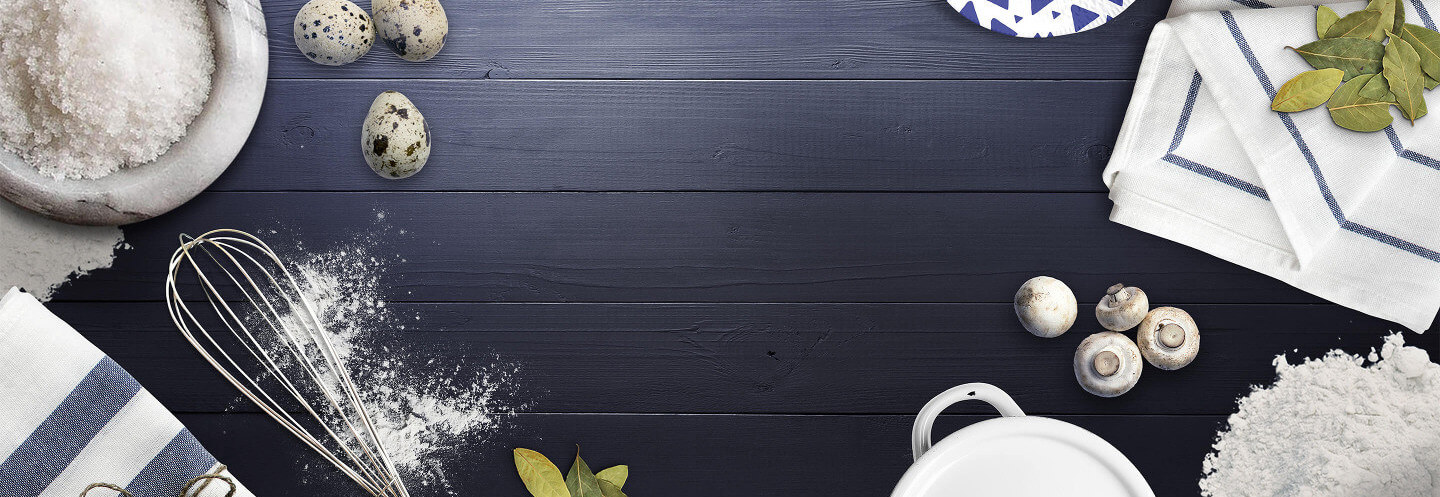https://www.copymethat.com/r/Qja5orpEc/yesterday-was-my-first-attempt-at-sourdo/
57692454
ymkv0AY
Qja5orpEc
2024-04-29 07:40:44
Yesterday Was My First Attempt at Sourdough
loading...
Servings: one round boule
Servings: one round boule
Ingredients
- 25g mature sourdough starter
- 450g organic bread flour, white
- 50g organic whole wheat bread flour
- 100g of pre-ferment (known as ‘levain’)
- 10g kosher salt
- 375g water, room temperature
Steps
- Starter: take 25g of mature sourdough starter and mix with 100g water and 100g organic white bread flour (you can play with ratio of white and whole wheat here - the starter likes to feed off of the bran in the whole grain. Just ensure you use a higher ratio of white). The order in the bowl should be starter, water, flour. You can mix the starter and water first, then add the flour - it makes the mixing easier. Leave overnight.
- Autolyse: mix the remaining 400g flour (combination of 350g white bread flour and 50g whole wheat), 100g levain from last night and 350g water in a large plastic container (you will eventually perform step 4 in this container). Save 25g of water for step 3. Cover and let sit at room temperature for 1 hour. Note: during the autolyse your flour will absorb water. Enzymes in the flour will break down wheat protein and stimulate gluten development. No need to overmix and do not knead.
- Salt + remaining water: mix the 10g salt (sprinkle evenly over the entire surface of the dough) and remaining 25g room temperature water. You aren’t kneading anything here - just mix until it’s fully absorbed. Using a pinching motion can help mix in the salt. Note: why not add the salt with everything pre-autolyse? Salt slows down the rate of fermentation. In our case, we’re looking to balance the rate fermentation with the rate of gluten development. Adding salt too early will essentially halt our fermentation to a crawl.
- Bulk ferment: this process is going to take 3 to 4 hours (depending on temperature). For our purposes, let’s presume your bread is at room temperature. We are going to schedule for 4 hours. As the dough ferments, it will continue to develop gluten. The folding process aligns the protein strands resulting in a much stronger network of gluten. Think about multiple strands of fiber woven together into a solid length of rope vs a pile if loose strings. Every 30 minutes perform a set of stretches and folds. Leaving the bread in the container, grab the top of the dough and pull upwards towards the opposite end. Repeat with all four corners (fold one side over, rotate the bowl 90 degrees, repeat so you eventually fold all four sides). After 6 sets of folds (3 hours) let the dough ferment undisturbed for the last hour. After the last hour ferment, the dough should be about 2x it’s original size, with a nice, smooth exterior and signs of life (bubbles).
- Pre-shape: lightly flour a work surface and “pre-shape” the dough into a ball. You are looking for a nice amount of surface tension. It’s important not to de-gas the dough at this point. And if you can get away with using water on your surface instead of flour, do so. Tartine uses a bench scraper in one hand (working with the other hand as well - dip your hand and the bench scraper in water to prevent sticking) to lightly coax the dough into a ball - using circular motions, use the bench scraper to mold and the other hand to tuck. Do as little turns as you can to shape it into a ball. After the pre-shape, cover and let rest for 20 minutes to relax the dough.
- Shape: now, we are shaping the dough. There are many ways to shape sourdough. @maurizio has an excellent guide to shaping on his blog. Follow his instructions at this step. Or watch Bon Appetit / Tartine video on YouTube for visual. How to Make 3 Artisanal Breads from 13 Ingredients: www.youtube.com/watch?v=U4dyWZZVeWI Let rest covered on the counter so the seam seals.
- Post-shape: carefully place your shaped dough into your proofing basket (a good alternative is a round bowl with a cloth, lined with generously floured parchment - parchment should have an overhang). Ensure seam side down (only if you are using the parchment method - seam side up if you are planning to flip it over into your Dutch oven at step 9, so the seam will be down as it bakes).
- Over-night ferment: cover and allow your dough to ferment overnight in the fridge (8 to 12 hours). Note: we’re slowing down the gluten development here to a near halt. The cold ferment is all about flavor production / making the bread easier to digest.
- Baking with lid: place your Dutch oven into the stove and pre-heat the container to 500 degrees F for 1 hour (KS note: I preheated ours to 550 degrees F). After 1 hour, carefully remove your Dutch oven from the stove. CAREFULLY is key. Lift the bread with the parchment overhang as handles and drop into the Dutch oven. Score your bread with a razor blade on a 45-degree angle to the surface of the dough. Place your lid onto your Dutch over and lower the temperature to 475 degrees F (KS note: may have been better at 500 degrees F - perhaps depends if you are using cast iron or not / how hot your oven is). Bake for 25 minutes in the center of the oven. Note: we’re using the heavy, insulated walls of the cast iron to replicate the dense masonry mass you’d typically find in a traditional bread oven. The cast iron will trap steam released from the bread, allowing it to rise without forming a hard crust. Stretch and Fold recommends using Lodge vs Staub or Le Creuset (it will perform just as well, and you risk ruining your good quality Dutch oven with the high heat).
- Baking no lid: after 25 minutes, remove the lid and continue to bake for 20 (+/-) minutes until dark brown. Constantly check your bread and rotate if needed.
- Cool: let your bread cool for two hours before eating. For the cooling process, carefully tip the dough onto a rack so the bottom of the crust doesn’t sog. You’ll ruin your bread if you don’t give it adequate time to cool.



